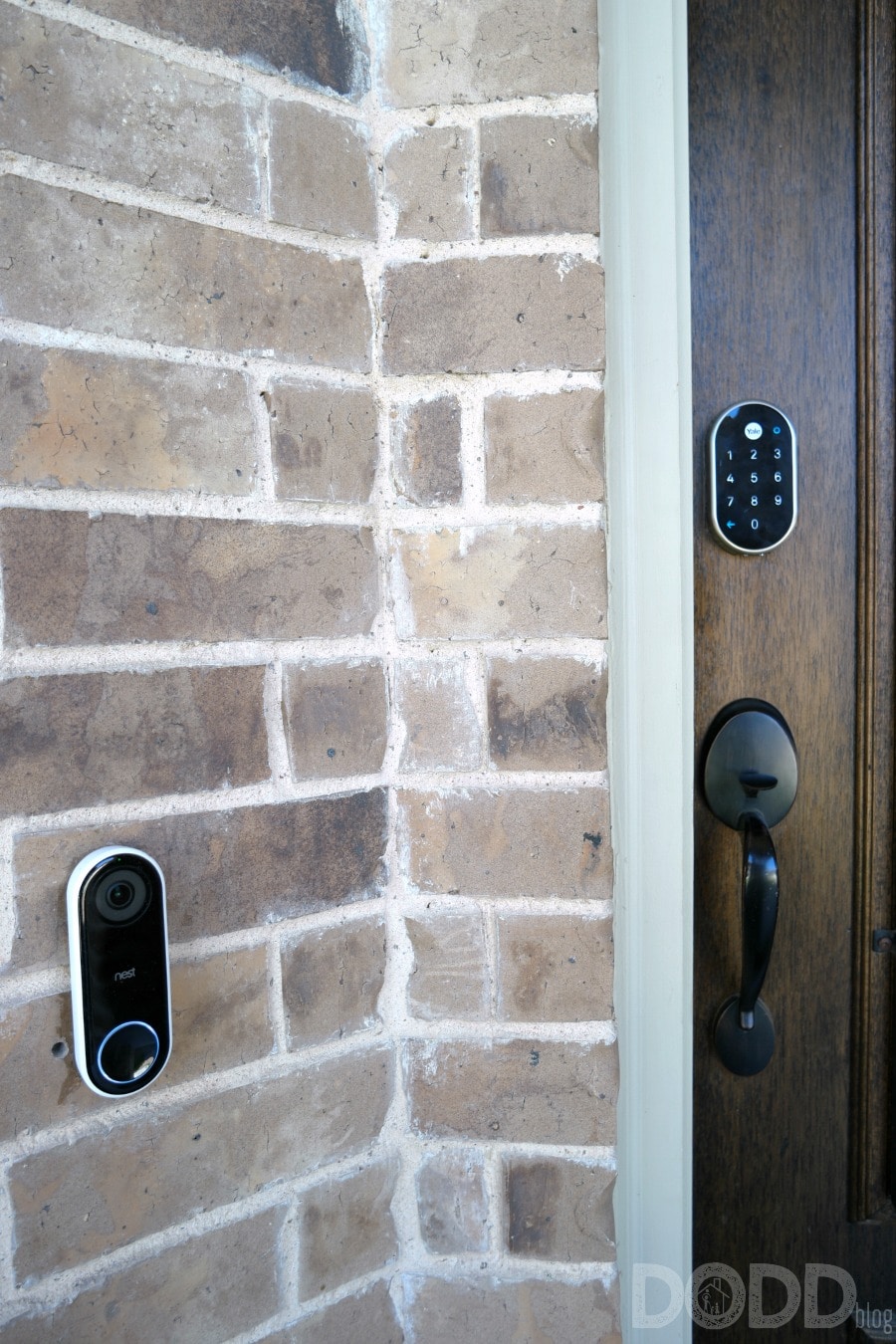Imagine unlocking your front door with a quick tap on your smartphone and stepping into a perfectly climatized home where your favorite music starts playing as if it knew you had a long day.

Key Takeaways:
- An in-depth look at how innovative technology elevates daily life.
- The evolution of smart homes from luxury to commonplace.
- Exploration of smart home components and the importance of compatibility.
- Guidelines for maintaining security and privacy in a connected home.
- Insights into intelligent technology’s role in energy conservation and future trends.
Table of Contents:
- Introduction to Smart Home Technology
- The History and Evolution of Smart Homes
- Critical Components of a Smart Home Ecosystem
- The Importance of Compatibility and Integration
Smart home technology has transformed futuristic scenarios into reality. It’s a sophisticated matrix of hardware and software that harmonizes harmoniously to elevate our living spaces into hubs of convenience and efficiency. As you delve into the world of electronic logging devices and home automation, it’s clear that these systems epitomize the pinnacle of personalized living.
The encompassing charm of smart home technology lies in how it redefines our interactions with the mundane aspects of domestic living and contributes to our home’s energy efficiency and security. With a voice command or a simple swipe on a mobile interface, we can now govern a constellation of devices that seamlessly blend into our daily rhythms.
At its core, this innovative technology is a perfect blend of comfort, control, and customization that understands and adapts to our unique lifestyles.
The History and Evolution of Smart Homes
Smart homes, in one form or another, have enticed the human imagination for decades. With roots extending to labor-saving household inventions of the early 20th century, home automation has evolved with technological advancements. Initially, a luxury afforded by the elite through clunky, wired systems of the 1960s, today’s smart home landscape has burgeoned into a vast ecosystem encompassing an ever-growing cadre of interconnected gadgets that champion wireless sophistication.
The trajectory of smart home technology has been nothing short of meteoric. What was once the reserved realm of hobbyists and technophiles is now the mainstream, with intuitive platforms allowing unprecedented levels of home control and automation. As the integration of high-speed internet becomes a standard in households and personal devices become ubiquitous, the concept of intelligent home living continues to redefine itself, promising comfort and convenience that is always one step ahead of our needs.
Critical Components of a Smart Home Ecosystem
A smart home ecosystem is only complete with the key components that form its backbone. Central to the automation experience are devices like smart thermostats, which not only learn your temperature preferences for different times of the day but can also adjust themselves in anticipation of your arrival. Then there are intelligent lights, capable of emitting an array of colors and intensities, which can be controlled anywhere in the world. Add to that the modern marvel of smart security systems equipped with motion detectors, cameras, and door sensors, and the home becomes a fortress of safety, controllable from the palm of your hand.
Every aspect of domestic life can be enhanced with a suitable smart device – from the convenience of a smart fridge that keeps track of your groceries and their expiry dates to the comfort of a bright bed that monitors your sleep patterns for optimal rest. Each device plays a pivotal role in enriching our lives at home, and when synchronized effectively, it creates an environment that is more than just technologically advanced; it is intuitively symbiotic with our unique life patterns.
The Importance of Compatibility and Integration
The real magic of a smart home comes from the invisible threads that intertwine the fabric of various devices into one coherent system. Compatibility and integration are crucial and form the arterial route through which communication flows. Without a common language, the promise of interoperability could be better. This harmony of technology creates homes that listen, learn, and enhance living through a seamless fusion of various hardware and software elements.
Yet integration goes beyond mere technical compatibility. It’s about creating ecosystems where devices can talk to each other and us, their users, in natural and intuitive ways. The right smart home platform should not require a manual to operate; instead, it becomes an extension of our lifestyles, blending into our patterns of interaction with the grace of a well-choreographed dance. The convenience is not only in the speaking but also in the listening; an ideal smart home is one where the technology is present but invisible, felt but not seen, acting quietly in the background to enrich our lives.
